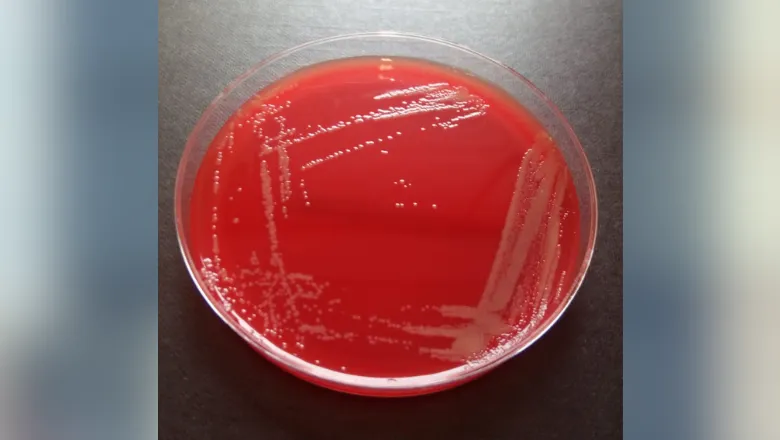Researchers at King's and Guy's & St Thomas NHS Trust discovered a new species of bacteria named Variovorax durovernensis as a source of a patient's blood infection, using nanopore sequencing.

Researchers at King's and Guy's & St Thomas' have discovered a new species of bacteria, now called Variovorax durovernensis, living within a patient at St. Thomas' Hospital.
After the patient, who works as a shepherd in Canterbury, was admitted with fever, a standard blood test discovered two different species of bacteria as the source of infection. But one of the species couldn't be identified with conventional laboratory testing.
To characterise the species, the researchers used a nanopore sequencer. This technology can read long, single sequences of DNA much faster than other techniques, allowing for quicker analysis of its whole genome.
The results, published in International Journal of Systematic and Evolutionary Microbiology, showed that it was a new species of Variovorax - a group of bacteria that lives in the soil. Analysis of the bacteria's chemistry and genome confirmed it as a new species, never before described by the scientific community.
The patient named the new species Variovorax durovernensis, after the Latin name of Canterbury where they live. It was discovered in the patient's aorta - the main artery of the body's circulatory system that pumps oxygenated blood from the heart - after they were admitted to St Thomas' Hospital.
Lara Payne, Specialist Registrar at St. Thomas' Hospital, describing the case in Clinical Infection in Practice, explained how the patient may have become infected: "Further investigation suggested the patient became infected during the lambing season or while feeding the sheep anti-parasite medications (a process called 'drenching'), which was all done without gloves."
Alongside the new discovery, the paper highlights the effectiveness of nanopore sequencing for clinical practice. The process is fast and user-friendly and the equipment can be provided directly to hospitals, instead of the more time-consuming process of sending samples to specialist laboratories for analysis.
As this [nanopore sequencing] technology becomes more widespread, we will probably discover more new microbes and uncover new ways they interact with our bodies and cause infections.
Joint first author Dr Luke Blagdon Snell, Clinical Research Fellow at King's.
The authors note that 'atypical infections' from environmental microbes are increasing, particularly among patients on immunosuppressive therapy. Being able to easily identify unusual or new species of bacteria in hospital laboratories can identify infections quicker and provide patients more targeted treatments.
We are already using this technology in clinical practice to find out the microbes causing severe pneumonia in people admitted to intensive care. Once we know the cause of infection we can change the antibiotics accordingly - meaning patients get personalised and targeted treatment.
Joint first author Adela Alcolea-Medina - researcher at King's & Next Generation Sequencing Lead at Synnovis







